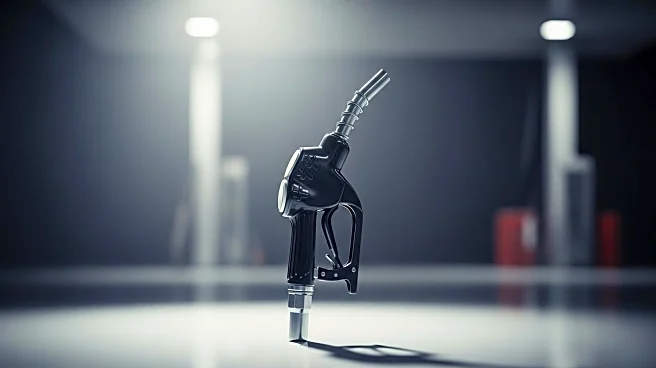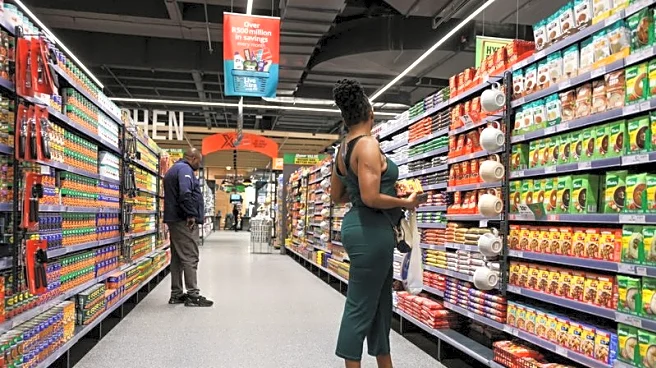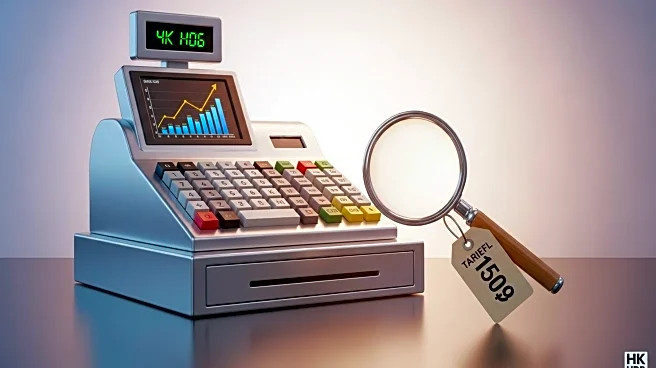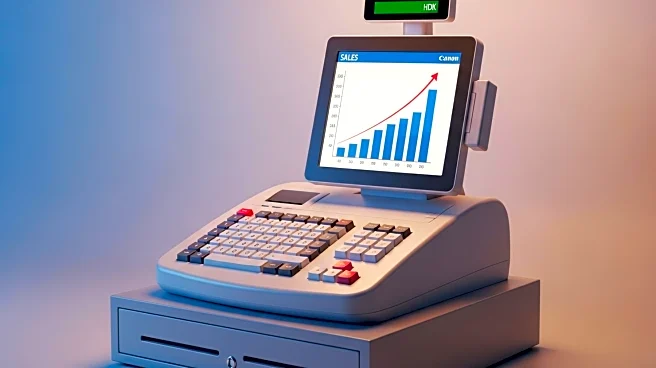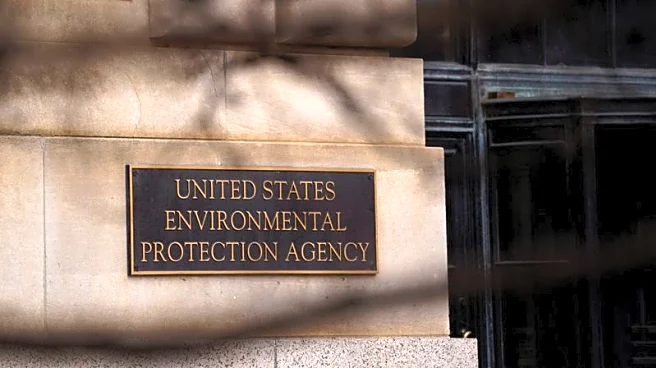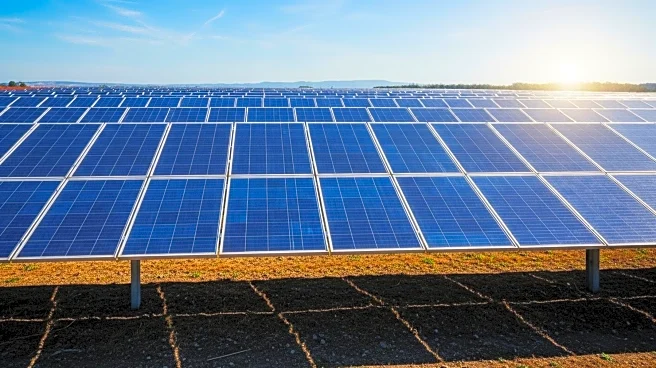What's Happening?
The national average retail price of regular-grade gasoline has increased by 6.7 cents per gallon over the past three weeks, reaching $3.289, according to the latest Lundberg Survey of U.S. fuel markets. This rise in retail prices comes as wholesale prices have increased even more, effectively reducing retail gasoline margins by 6.8 cents. The average margin now stands at 28.5 cents, putting pressure on retailers to recover some of these losses. Despite the recent price hikes, crude oil prices remain relatively low, and the U.S. gasoline supply is stable following the resolution of supply issues in the Midwest and West Coast.
Why It's Important?
The increase in gasoline prices impacts both consumers and retailers, potentially leading to higher transportation costs and affecting consumer spending. As margins shrink, gasoline retailers may face financial challenges, influencing their pricing strategies and profitability. The stability in crude oil prices and supply suggests that while immediate price hikes are occurring, long-term volatility may be mitigated. However, political tensions and international supply dynamics could still pose risks to future price stability.
What's Next?
Retailers may seek to adjust their pricing strategies to recover lost margins, potentially leading to further price increases. Consumers might experience higher costs for commuting and travel, prompting shifts in transportation habits or increased demand for fuel-efficient vehicles. Monitoring of international oil supply and political developments will be crucial in predicting future price trends and ensuring market stability.
Beyond the Headlines
The current situation highlights the interconnectedness of global oil markets and domestic fuel prices, emphasizing the need for strategic energy policies. Discussions on energy independence and sustainable alternatives may gain traction as stakeholders seek to mitigate the impact of price volatility on the economy.

